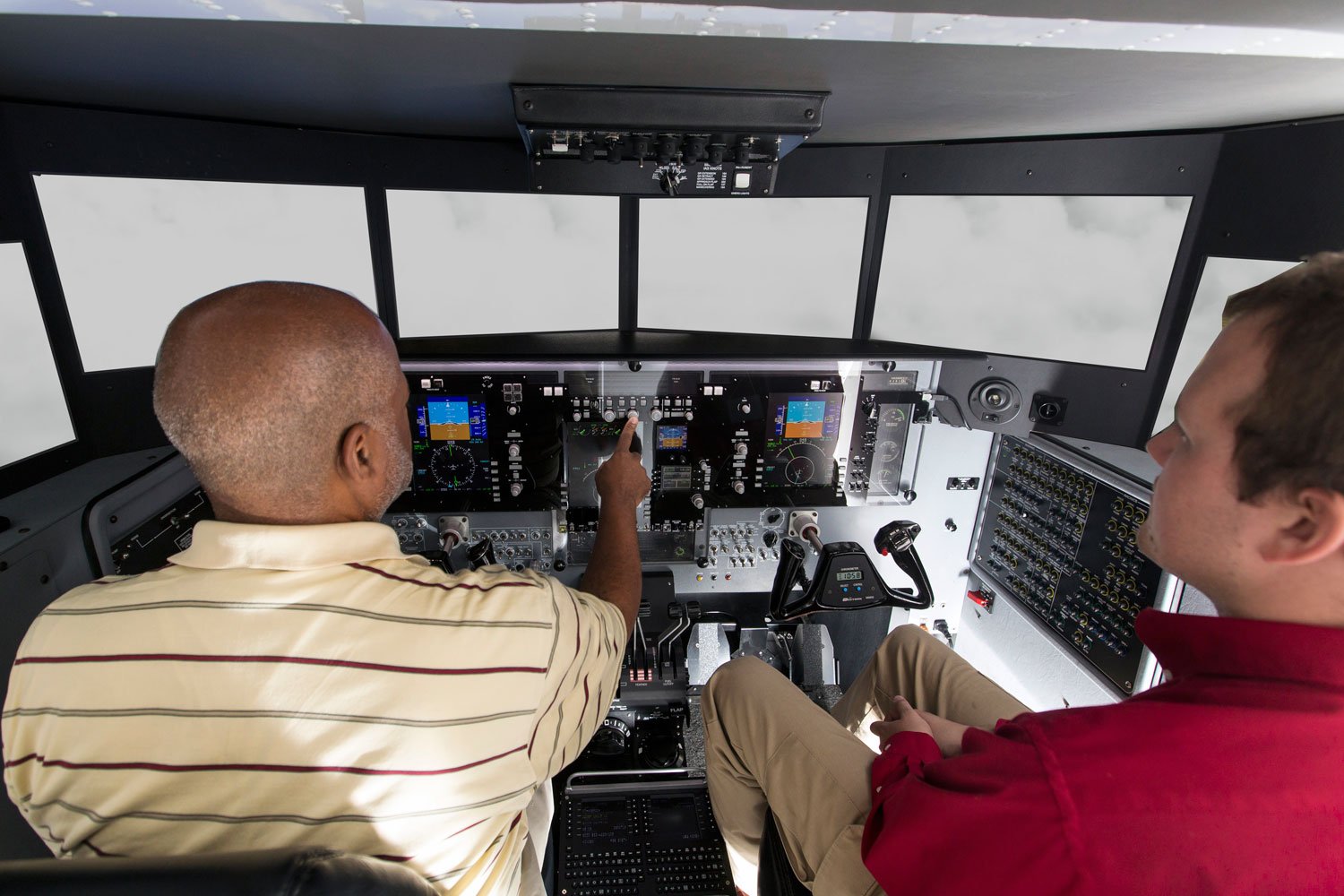How Good Aeronautical Decision Making Starts With Preflight Planning
The Federal Aviation Administration defines aeronautical decision making (ADM) as "a systematic approach to the mental process used by aircraft pilots to consistently determine the best course of action in response to a given set of circumstances." ADM should be present in every flight to ensure we pay maximum attention to the ever-changing environment in which we operate.
However, making sound aeronautical decisions begins before you ever step foot on the flight deck, during your preflight planning. We can find guidance towards that in § 91.103 Preflight action, which states the following:
"Each pilot in command shall, before beginning a flight, become familiar with all available information concerning that flight. This information must include—
- For a flight under IFR or a flight not in the vicinity of an airport, weather reports and forecasts, fuel requirements, alternatives available if the planned flight cannot be completed, and any known traffic delays of which the pilot in command has been advised by ATC;
- For any flight, runway lengths at airports of intended use, and the following takeoff and landing distance information:
- For civil aircraft for which an approved Airplane or Rotorcraft Flight Manual containing takeoff and landing distance data is required, the takeoff and landing distance data contained therein; and
- For civil aircraft other than those specified in paragraph (b)(1) of this section, other reliable information appropriate to the aircraft, relating to aircraft performance under expected values of airport elevation and runway slope, aircraft gross weight, and wind and temperature."
Notice how 91.103 does not address performing weight and balance calculations for aircraft that require an approved Airplane or Rotorcraft flight manual (91.103[b][1]). However, with safety in mind, it makes sense to borrow from 91.103(b)(2) and incorporate those elements into your preflight.
They are addressed indirectly in FAR 91.9, which establishes that "Except as provided in paragraph (d) of this section, no person may operate a civil aircraft without complying with the operating limitations specified in the approved Aircraft or Rotorcraft Manual, markings, and placards, or as otherwise prescribed by the certifying authority of the country of registry." This means we must abide by any and all specified operating limitations, including weight and balance.
But before we yell, "Clear!" we need to examine the implications of the phrase "All available information concerning that flight." How do we know when we have gathered enough information to legally comply with the preflight planning requirements and practice intelligent and consistent ADM? Let's begin systematically by considering what information we need to include and where we can find it.
Weather Reports and Forecasts
For private pilots, a comprehensive weather briefing is essential, as the number one cause of fatal accidents in general aviation remains VFR flight into IMC by pilots without an instrument rating.
Here is a simple flow that covers the essential weather basics.
- METAR and TAF for departure and arrival airport
- Winds and temps aloft to determine cruising winds and smoothness of ride
- Surface prog chart view to see fronts, pressure systems, and isobar widths (for wind speed intensity)
- Constant pressure chart to determine the trend and consistency of winds
- Animated wind info (e.g., My Radar, Windy, Wind Map) to correlate wind flow with pressure systems and isobars displayed on surface prog chart view
Additionally, if you are traveling outside your local area, checking graphic airmets (G-Airmets), SIGMETS, and center weather advisories (CWA) on aviationweather.gov is advisable. The Forecast Discussions are invaluable for getting the big picture of the weather virtually anywhere you could fly in the U.S., including Alaska, Hawai'i, Guam, and Puerto Rico.
A briefing from an FSS weather briefer is essential for any cross-country flight. While you can find this information on the Leidos website and with ForeFlight's Briefing capability, it's still wise to speak with someone who can let you know if something has changed recently that has not yet been entered into the online system. Additionally, a briefer can translate and explain any symbols or terms you may not be familiar with in the METARs and TAFs.
Filing a Flight Plan
Filing a flight plan is strongly advised for cross-country flying. While Flight Following keeps an eye on you, they can just as quickly cancel you if the next controller is too busy to take you on. Flying at night with no flight plan filed and activated significantly reduces your chances of being located in a timely manner should something unexpected occur. This free service is probably one of the most significant components of safe ADM.
Calculating fuel requirements (30 minutes for day, 45 minutes for night, at normal cruising speed) is essential. The leading cause of GA accidents continues to be fuel starvation. Consider making day or night a one-hour minimum to give yourself more of a buffer should you have to divert to your alternative. If winds are stronger than forecast enroute, you will have additional fuel with which to work.
Runway Information

Determining runway lengths (including useable) and takeoff and landing distances takes only a few minutes to calculate, and they become critical if you are flying at high altitudes on a hot day. Taking off at max gross weight from a 7,000-foot MSL airport with gusty winds rolling over nearby mountains is not something you want to eyeball, hoping it will work out in your favor. Use your chart supplement in combination with Section 5, Performance, in your Pilot’s Operating Handbook to learn about any up- or down-slope values of runways as well as glide slope indicators and location of windsocks.
In addition to the formal contents of 91.103, "all available information concerning the flight" should include reviewing terrain and obstacles for your departure and arrival field, taxiway and runway diagrams, NOTAMs, TFRs, and fuel availability. Reviewing the PAVE and IMSAFE checklists is a solid addition to any ADM preparation as well. Following these suggested steps will help considerably as you determine the best course of action for every flight.
Share this
You May Also Like
These Related Articles

Here’s What You Need to Know About the New Flight Review Rules

General Aviation Responds to the Coronavirus Outbreak
